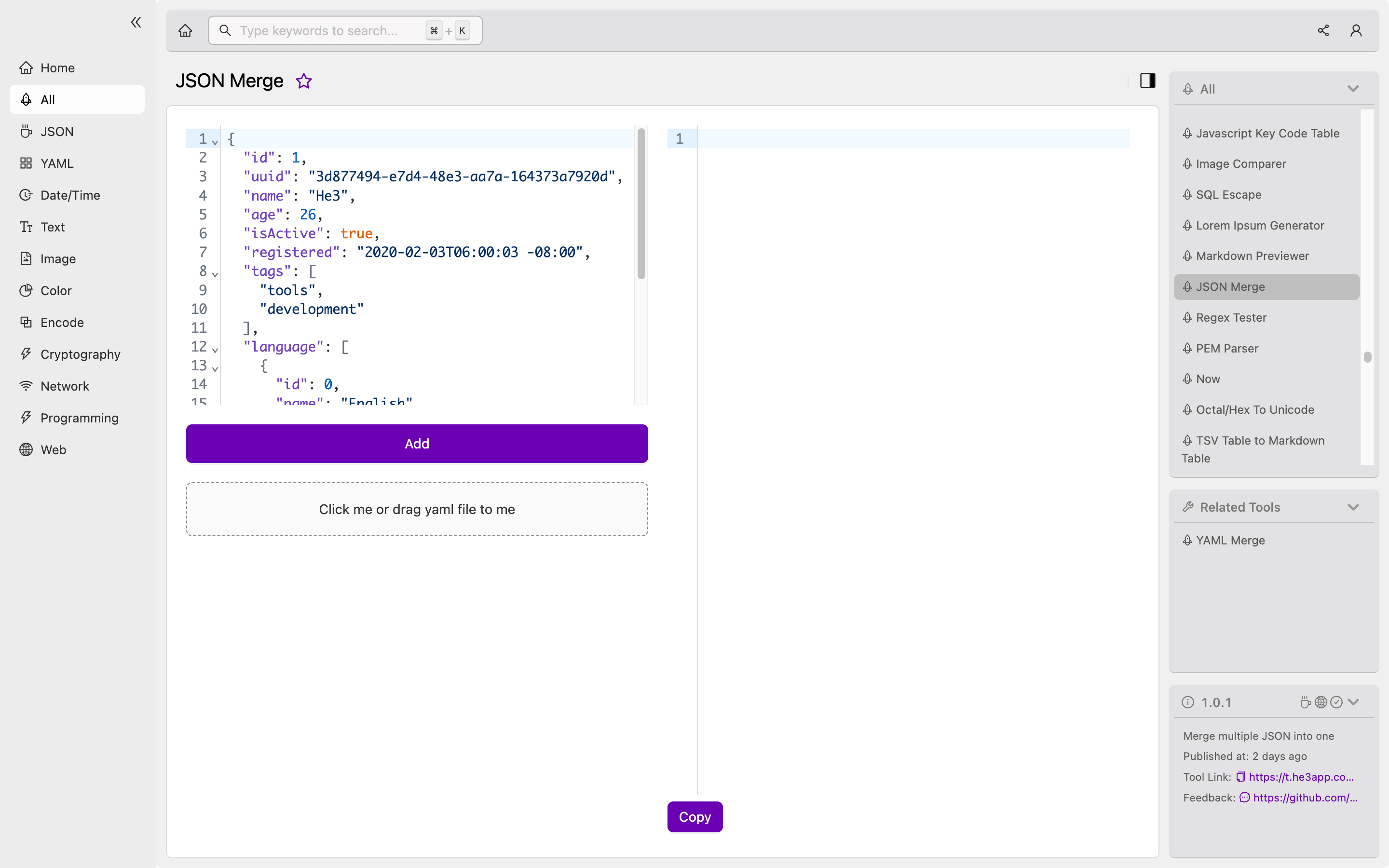Understanding JSON Merge: A Guide for Developers
As developers, we understand the importance of managing data efficiently. In web development, APIs are used to transmit data between applications. JSON (JavaScript Object Notation) is a widely used format for data exchange, and JSON Merge is a powerful tool for managing and combining multiple JSON objects. In this article, we will explore the concept of JSON Merge, how it works, and scenarios where it can be useful for developers.
What is JSON Merge?
JSON Merge is a technique for combining multiple JSON objects into a single object. It enables developers to merge JSON data from multiple sources, making it easier to manage and manipulate data. JSON Merge works by recursively merging objects, arrays, and scalar values.
How does JSON Merge work?
JSON Merge works by recursively merging objects, arrays, and scalar values. It first checks if the top-level data types of objects to be merged are compatible. If they are not, it replaces the value of the first object with that of the second object. If they are compatible, it recursively merges them.
Let’s consider two simple JSON objects as an example:
{
"name": "John",
"age": 30,
"gender": "male"
}{
"name": "Jane",
"occupation": "developer",
"gender": "female"
}The resulting merged JSON object would be:
{
"name": "Jane",
"age": 30,
"gender": "female",
"occupation": "developer"
}Or you can use JSON Merge tool in He3 Toolbox (https://t.he3app.com?mbvq) easily.

Scenarios for using JSON Merge
JSON Merge can be useful in several scenarios for developers. Here are some examples:
- Combining data from different APIs or data sources into a single object
- Merging changes made to a JSON object by multiple users or devices
- Updating an existing JSON object with new data
Key Features of JSON Merge
Here are some key features of JSON Merge that developers should know:
| Feature | Description |
|---|---|
| Compatible with most programming languages | JSON is widely used in web development, and JSON Merge can be used with most programming languages. |
| Flexible merging options | JSON Merge offers several options for merging JSON objects, including Overwrite, Concatenate, and Append. |
| Nested data support | JSON Merge can recursively merge nested data structures, making it easier to manage large amounts of data. |
| Lightweight and efficient | JSON Merge is a lightweight and efficient way to manage and manipulate large amounts of JSON data. |
Misconceptions and FAQs
Misconception: JSON Merge can result in data loss.
JSON Merge can result in data loss if the data types of the objects being merged are not compatible. However, JSON Merge offers several options for merging JSON objects, and developers can choose the most appropriate option based on their needs.
FAQ: Can JSON Merge be used to merge JSON files stored on disk?
Yes, JSON Merge can be used to merge JSON files stored on disk. Developers can use their preferred programming language’s file I/O functions to read the JSON files, merge them using JSON Merge, and then write the merged JSON object back to disk.
FAQ: Is JSON Merge compatible with nested arrays?
Yes, JSON Merge is compatible with nested arrays. It can recursively merge arrays within arrays to create a single, merged array.
Conclusion
JSON Merge is a powerful tool for managing and combining JSON objects. It enables developers to merge data from multiple sources into a single object, making it easier to manage and manipulate data. JSON Merge is compatible with most programming languages, lightweight, and efficient. Developers can use JSON Merge to combine data from different APIs or data sources, merge changes made to a JSON object by multiple users or devices, and update an existing JSON object with new data. To learn more about JSON Merge, check out the JSON Merge documentation.
